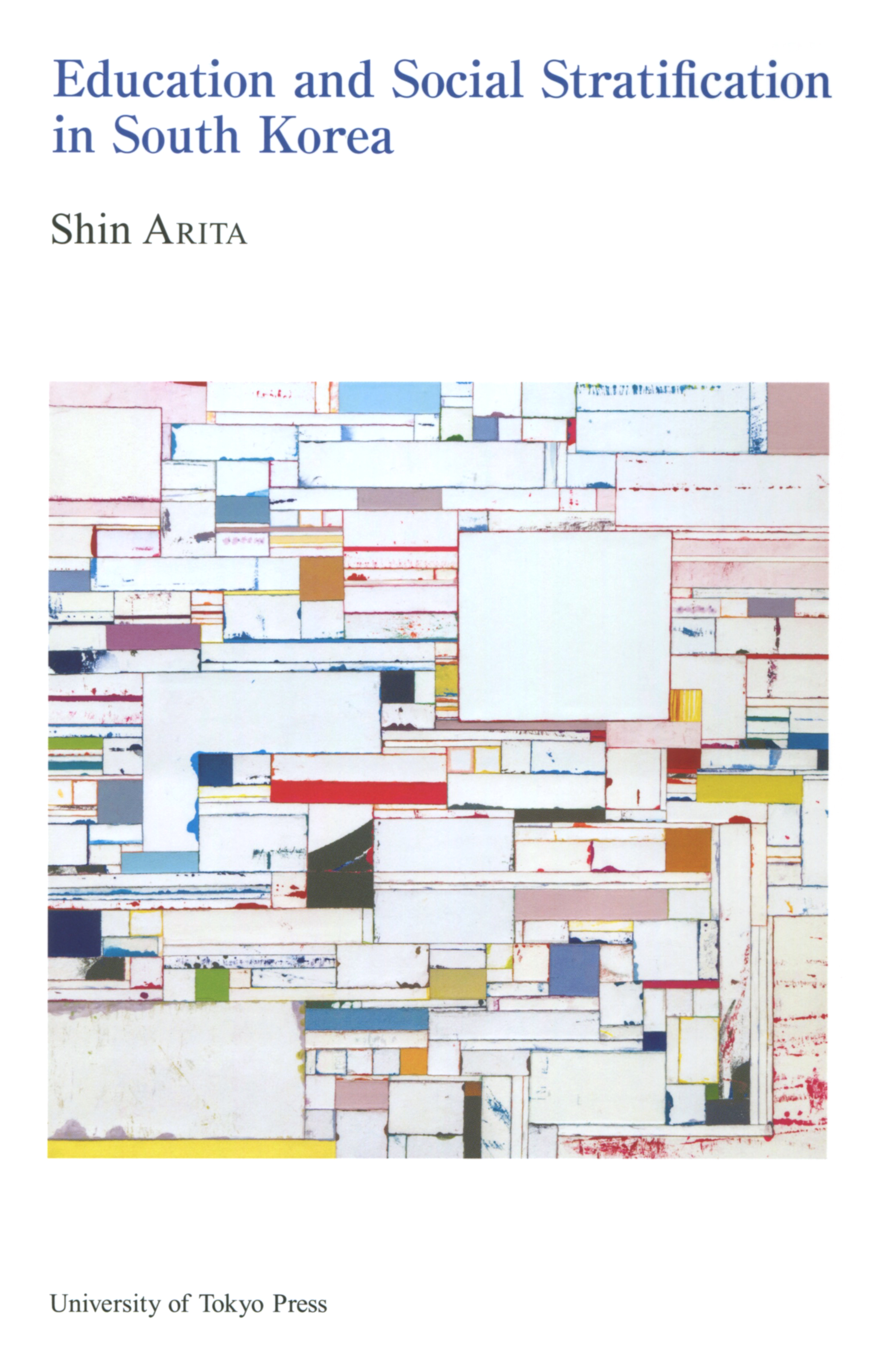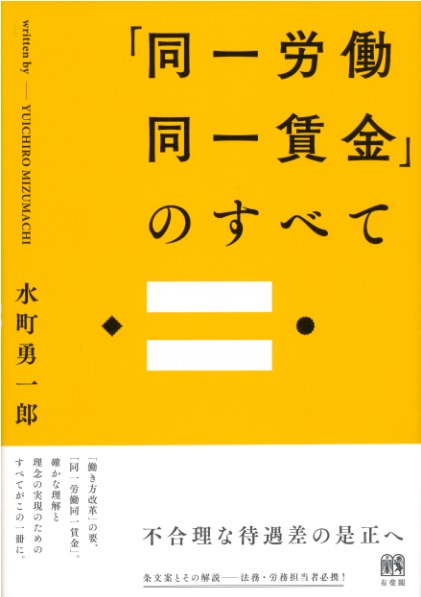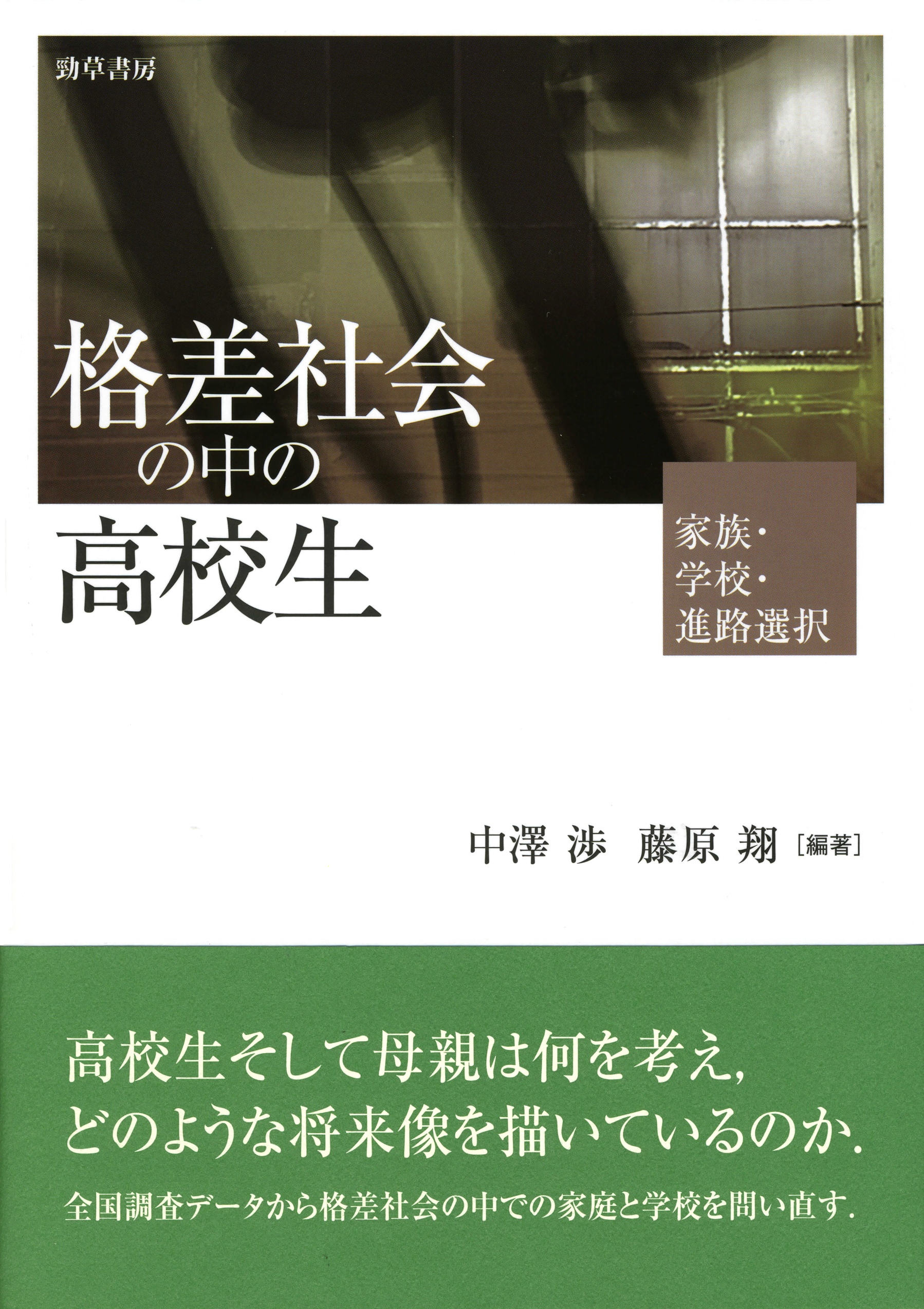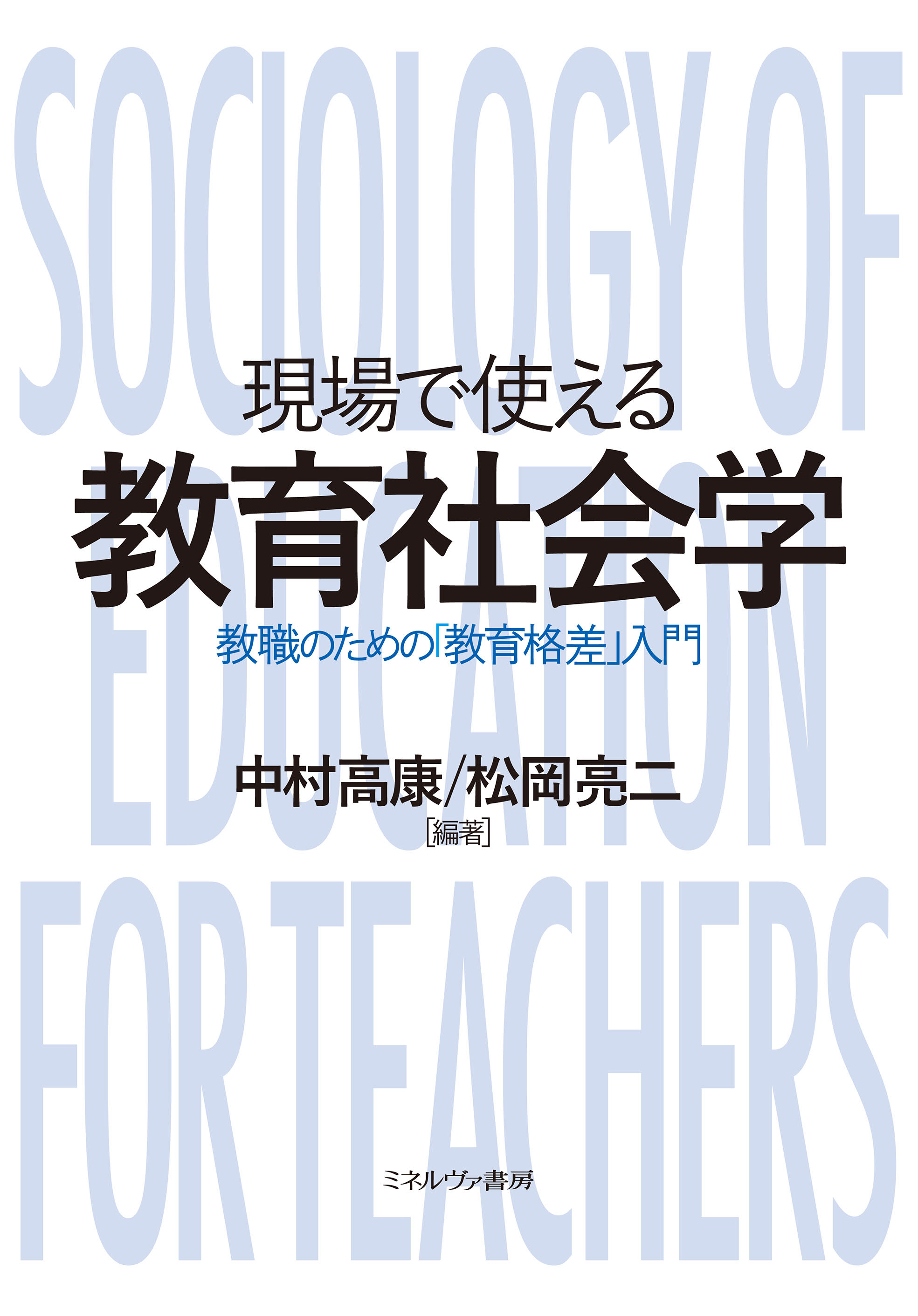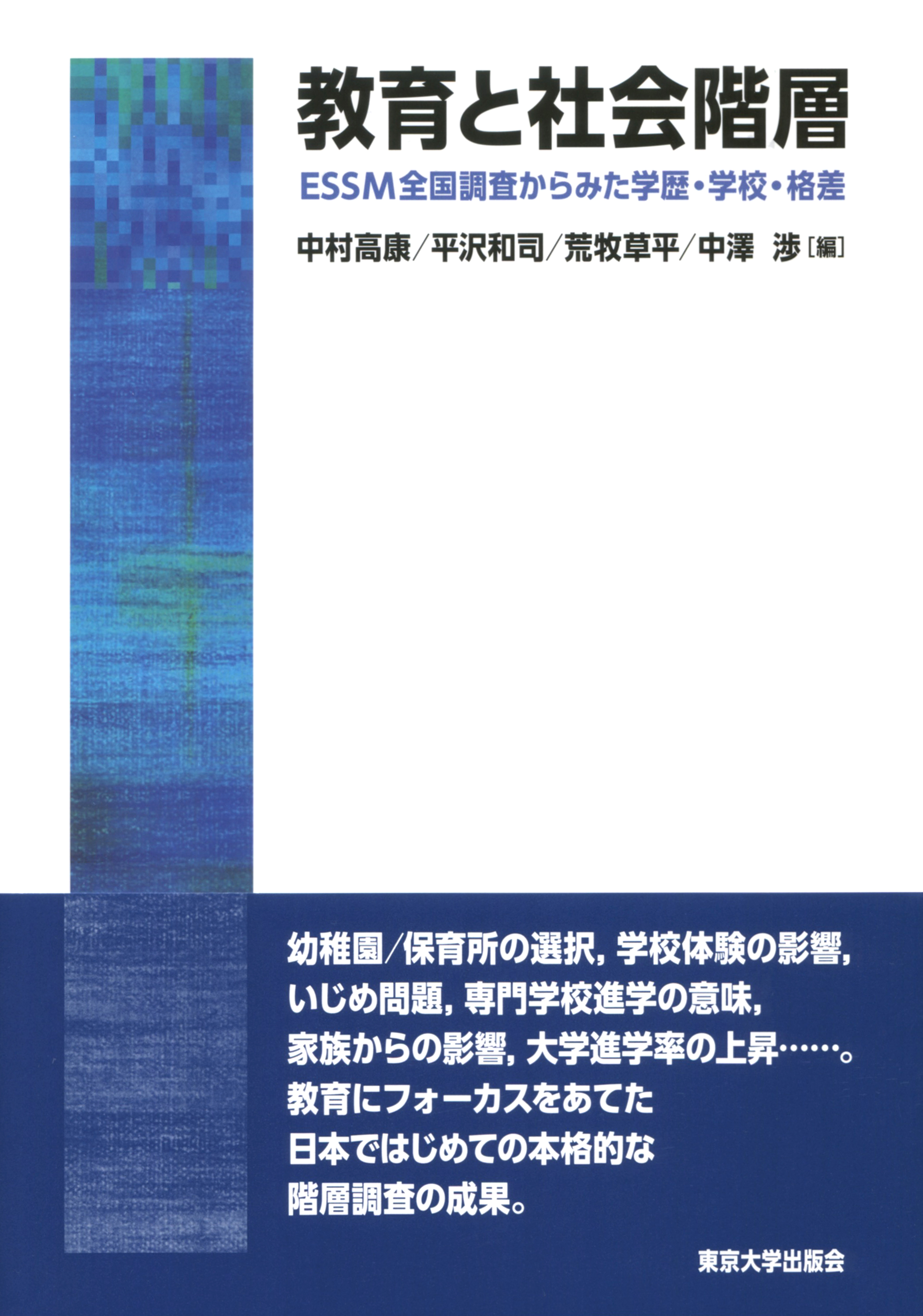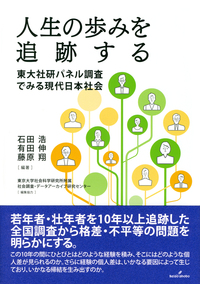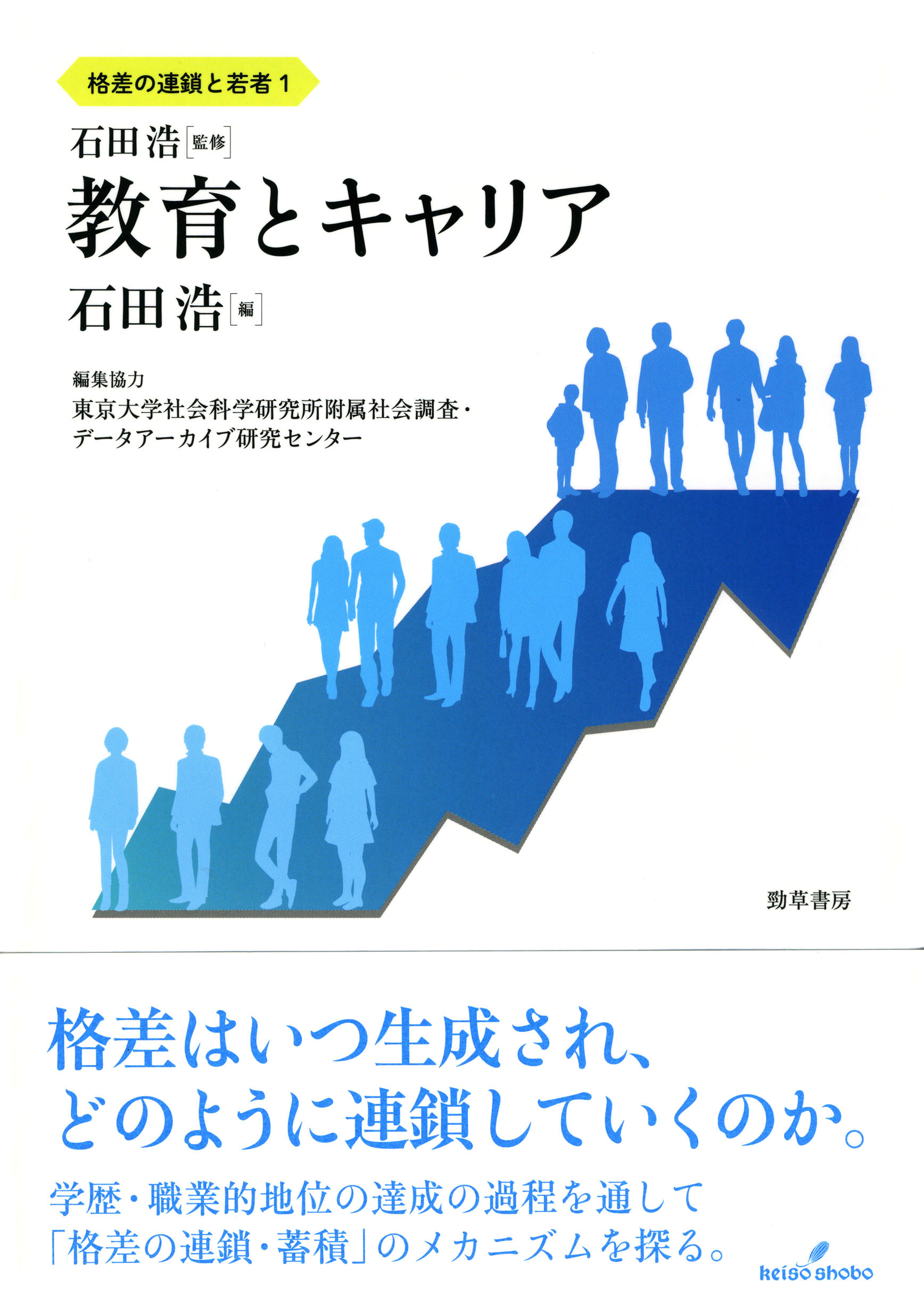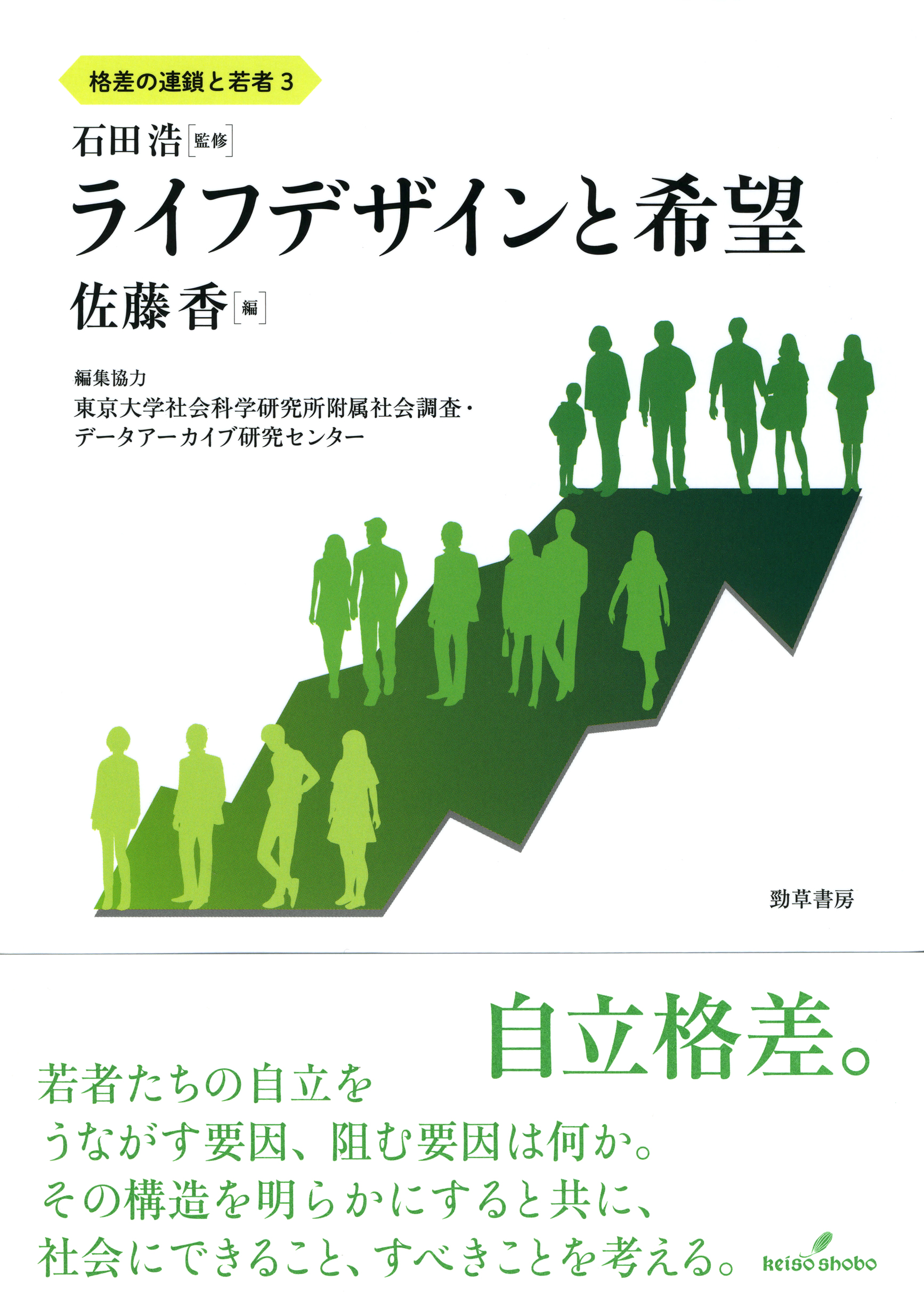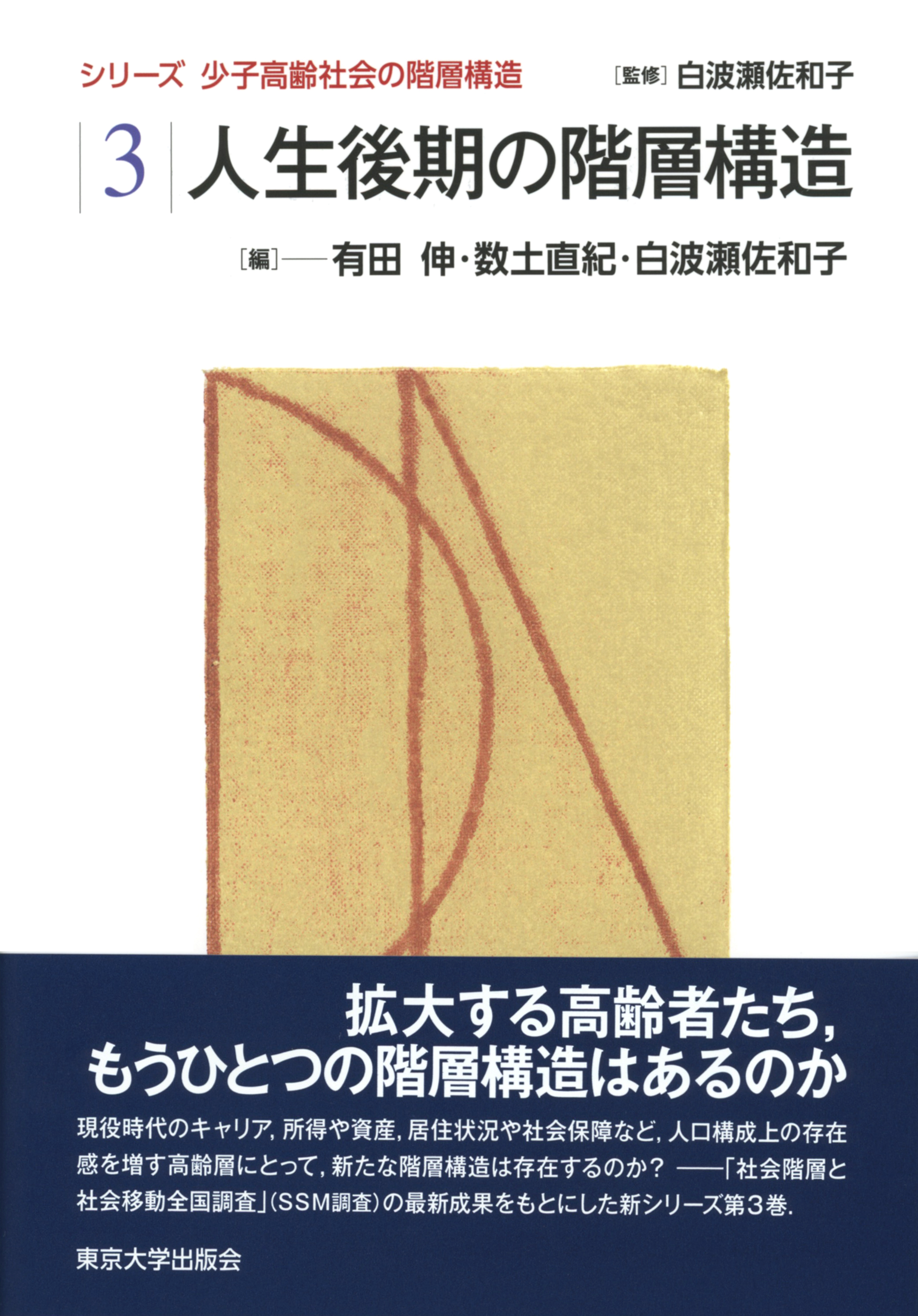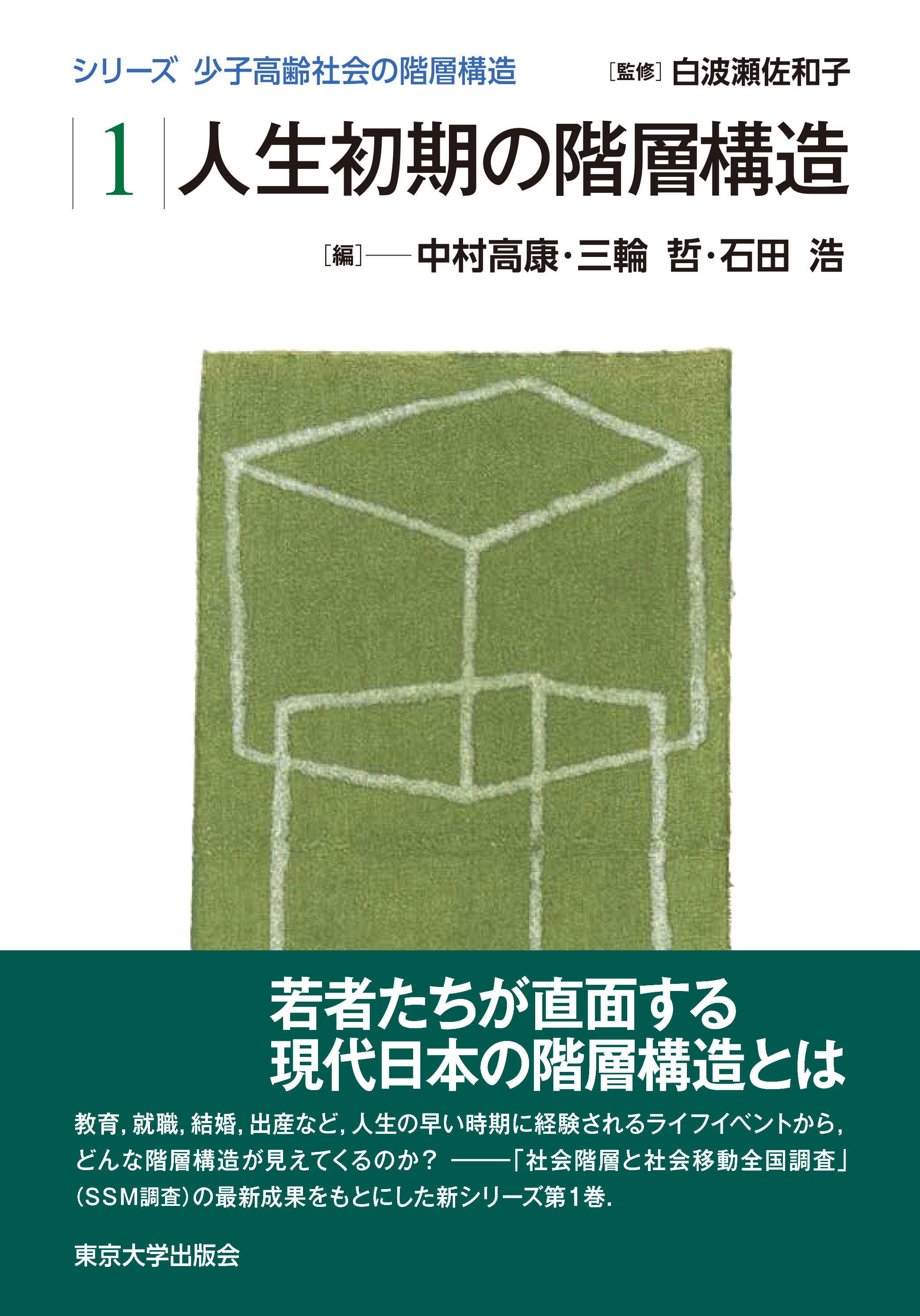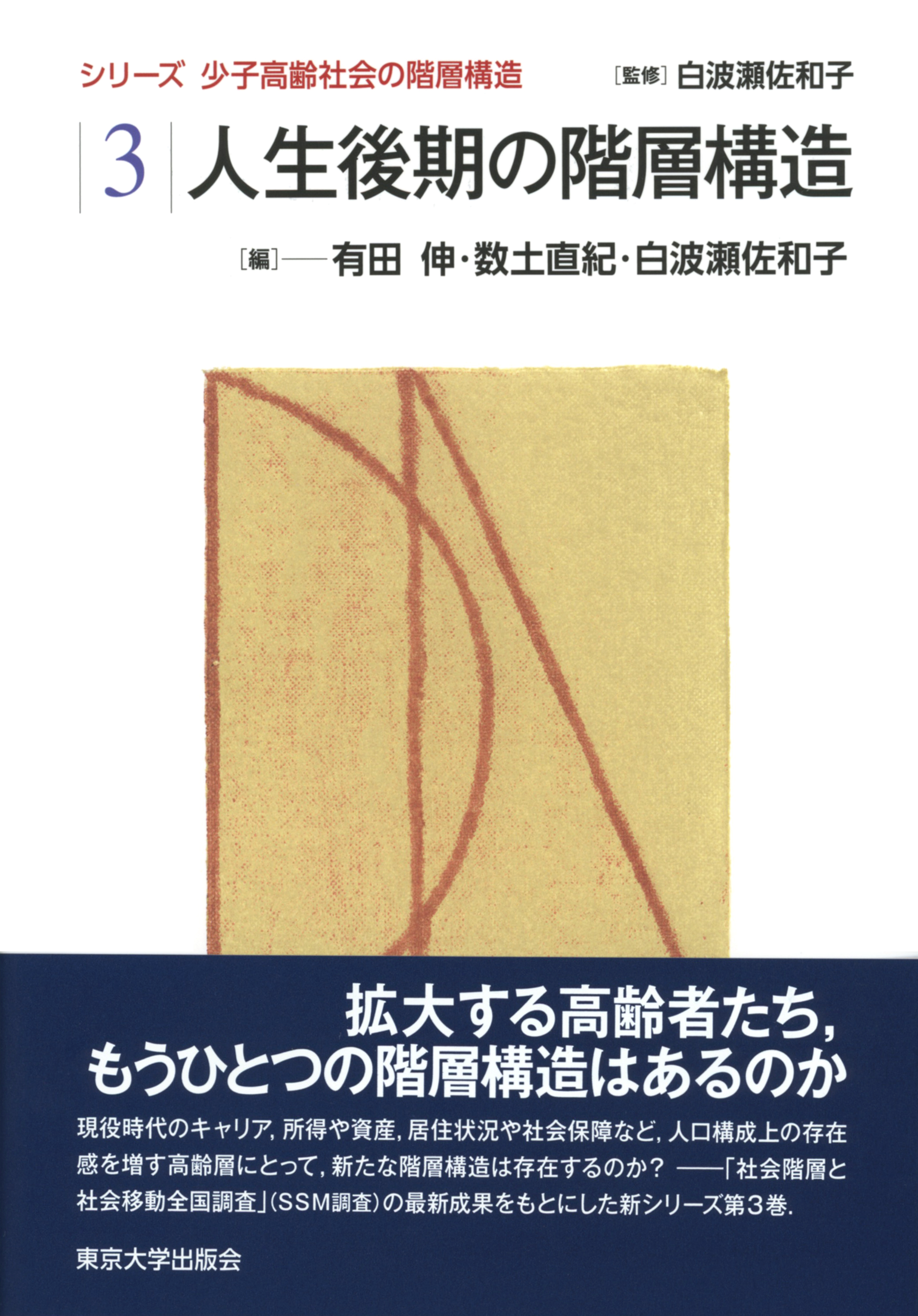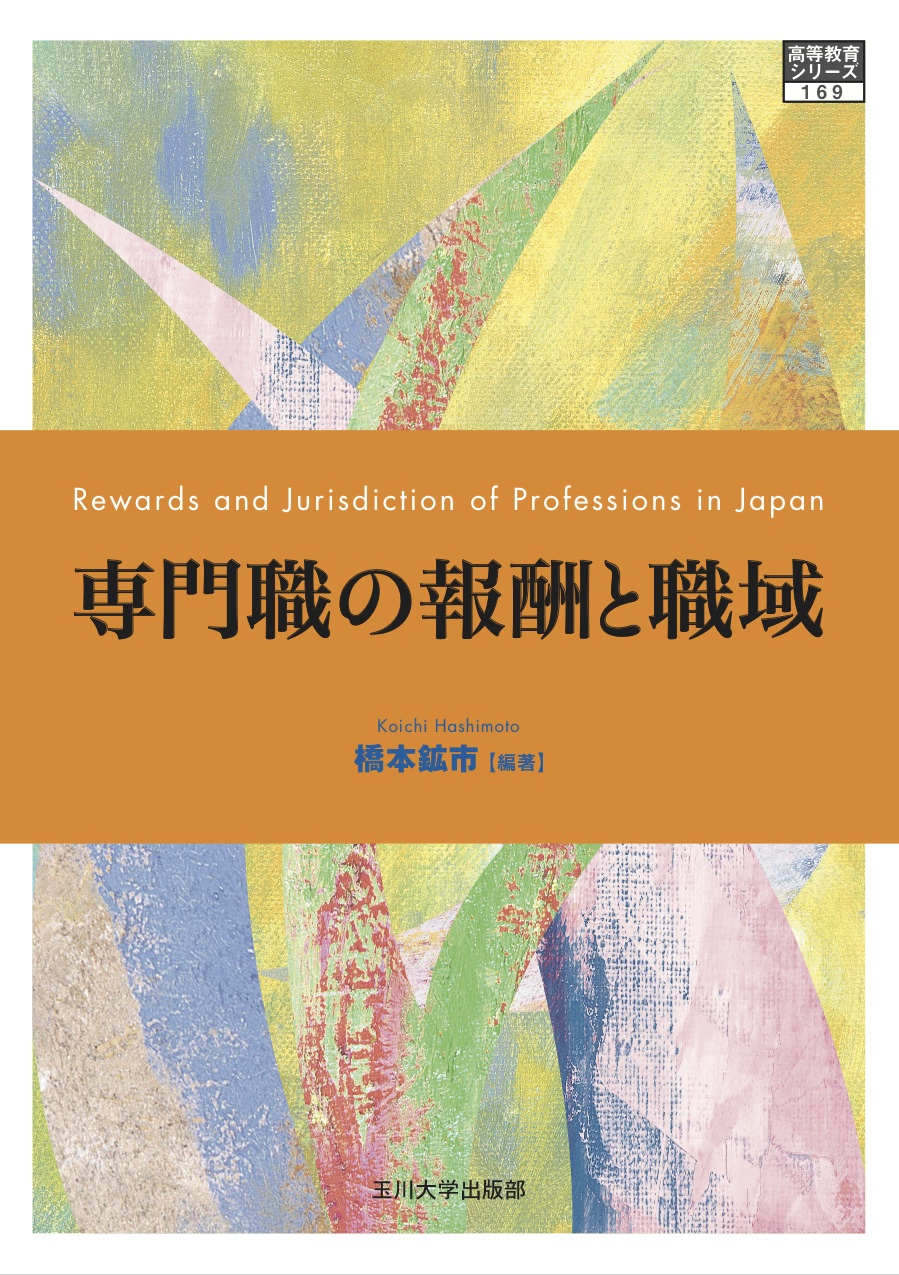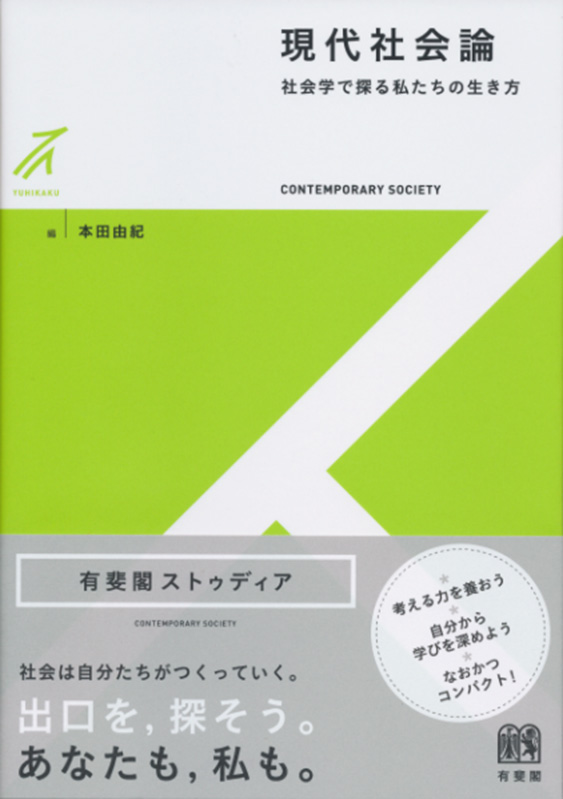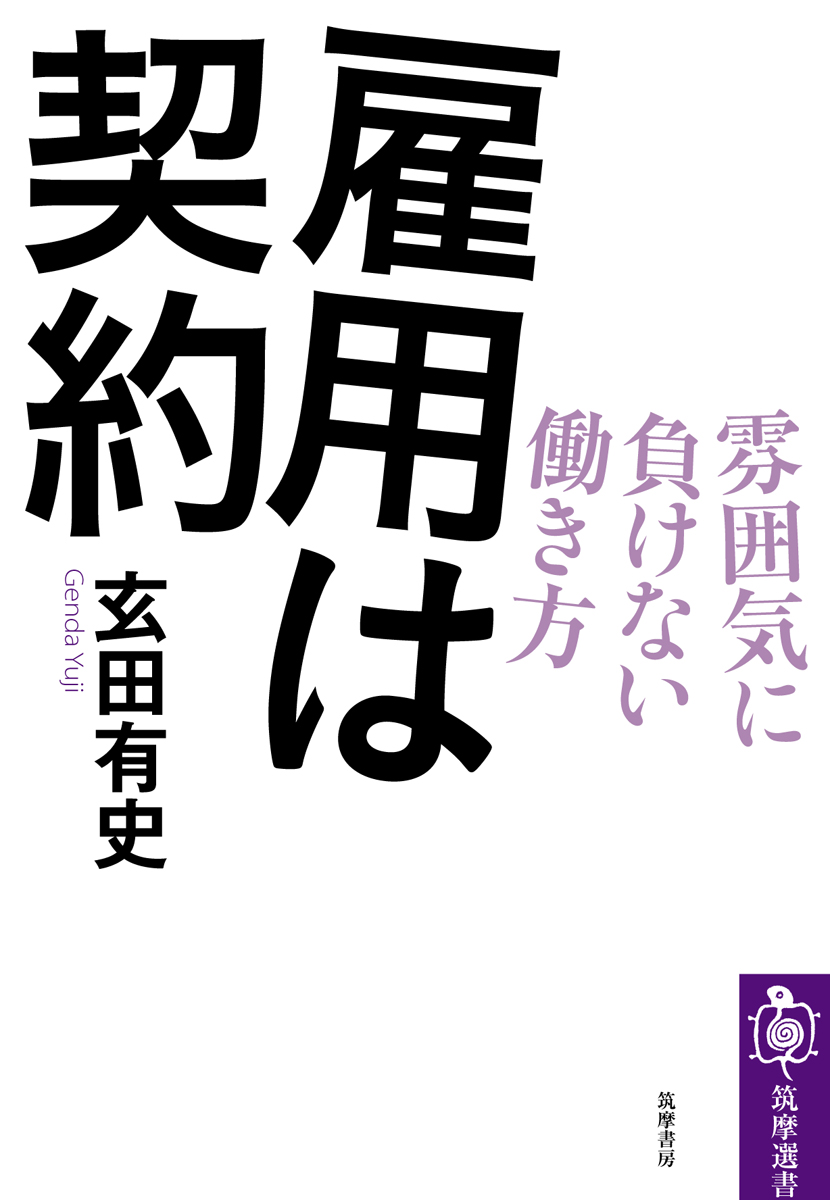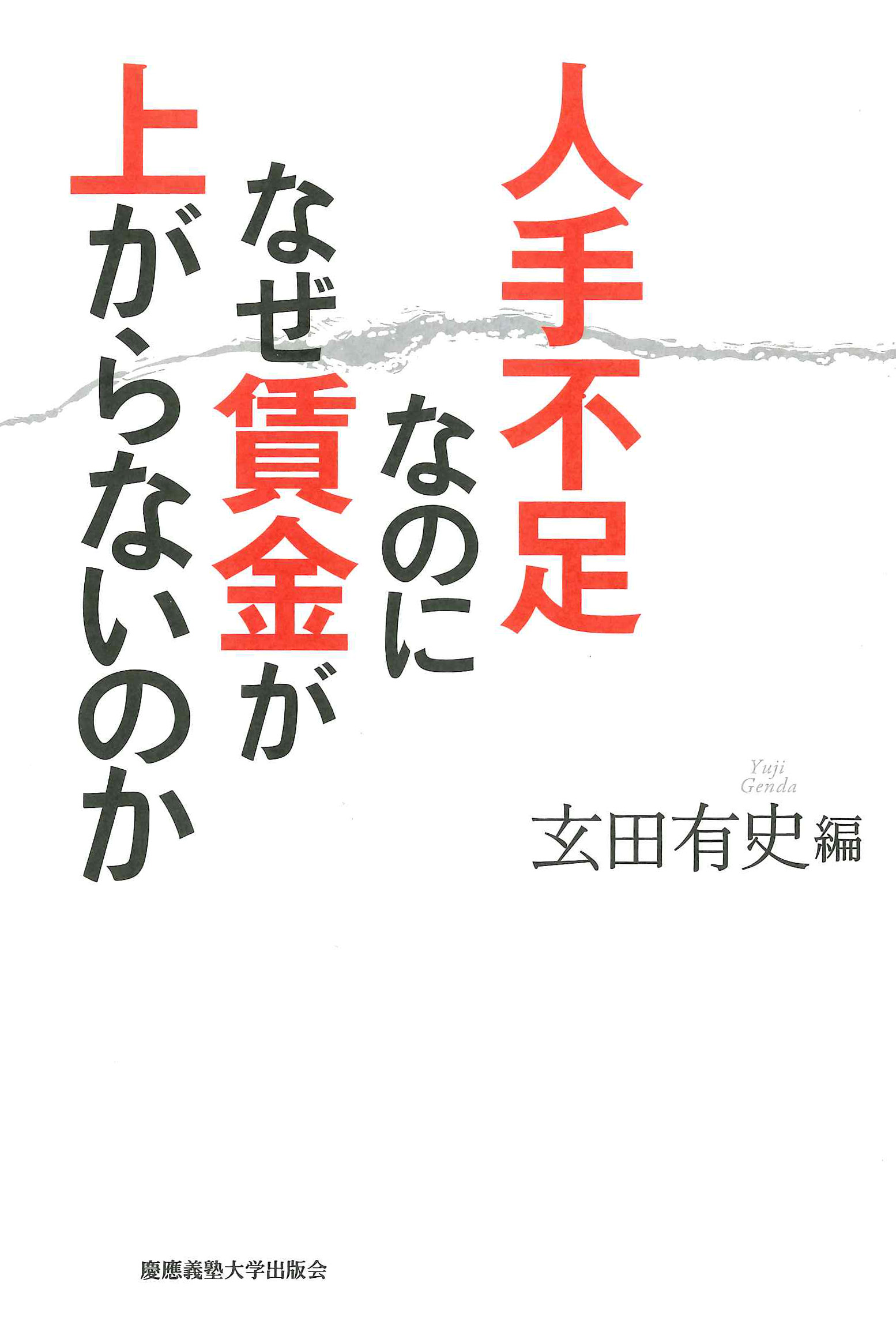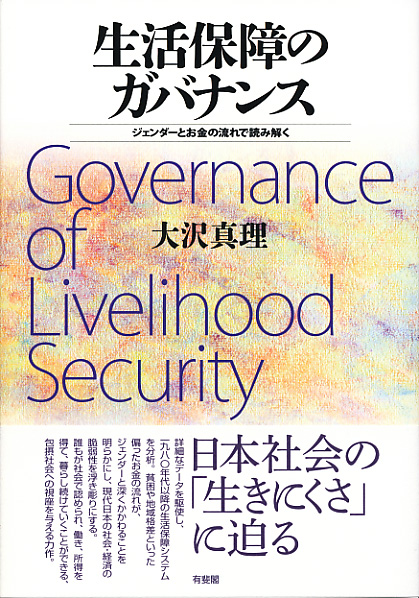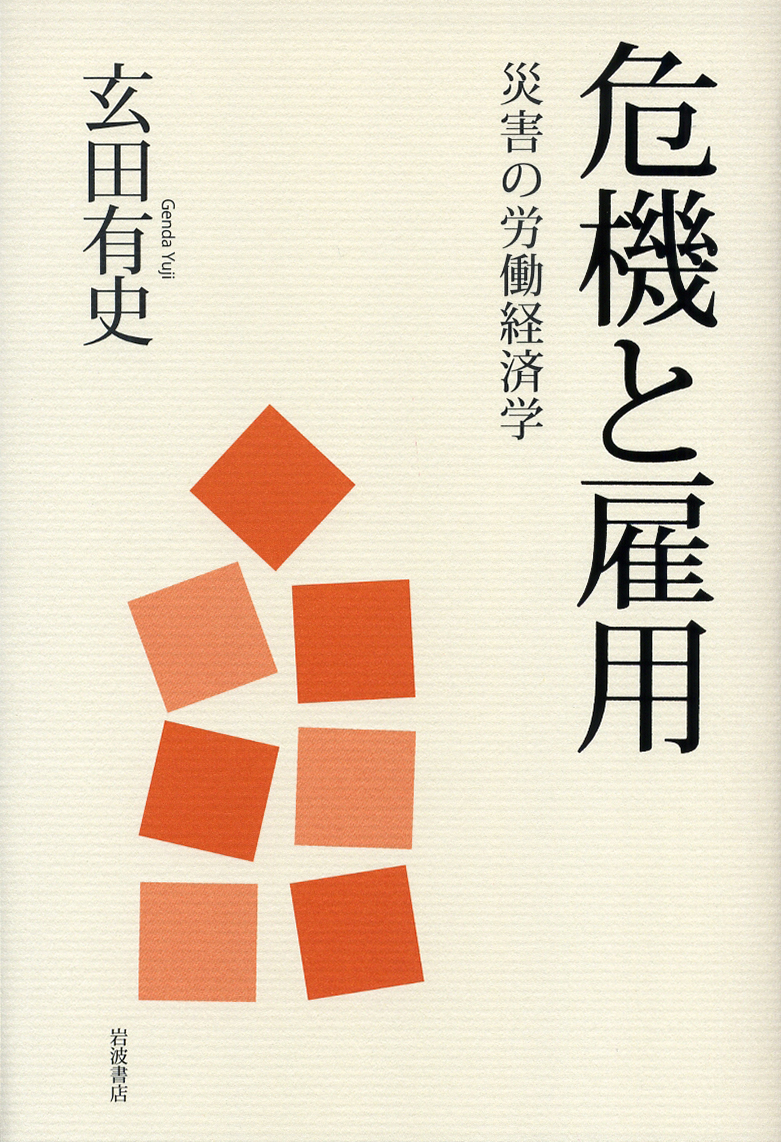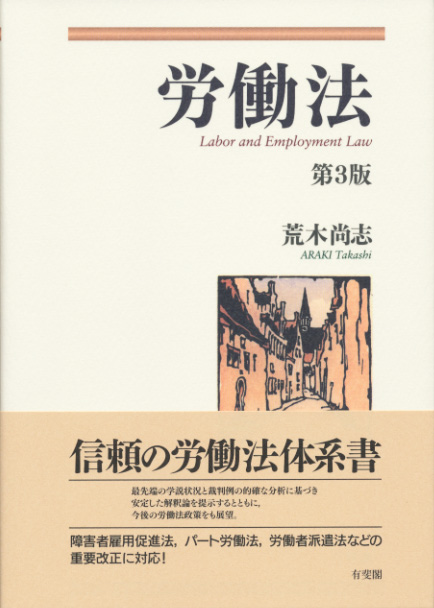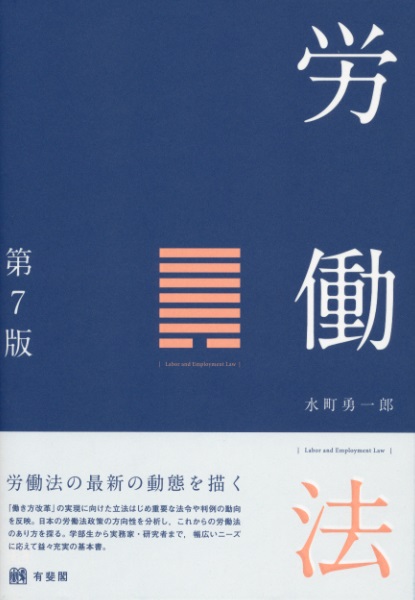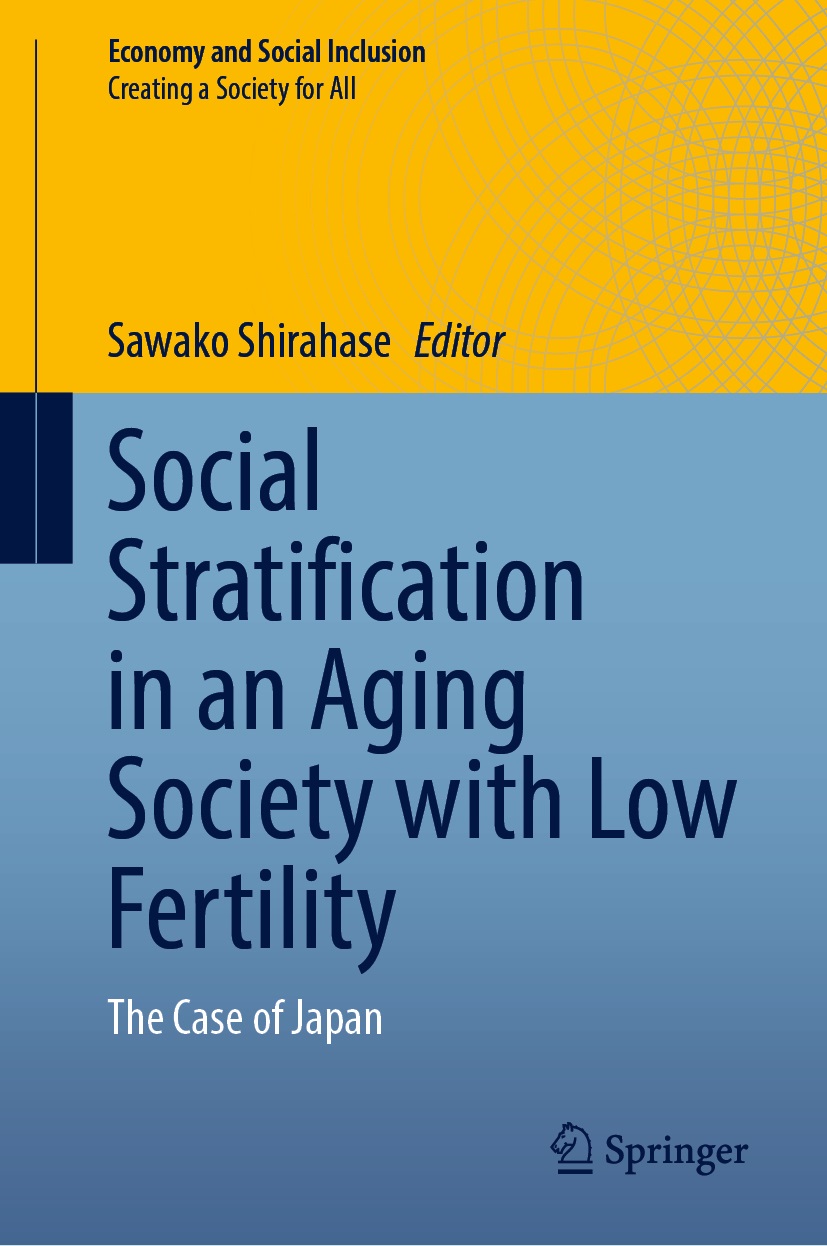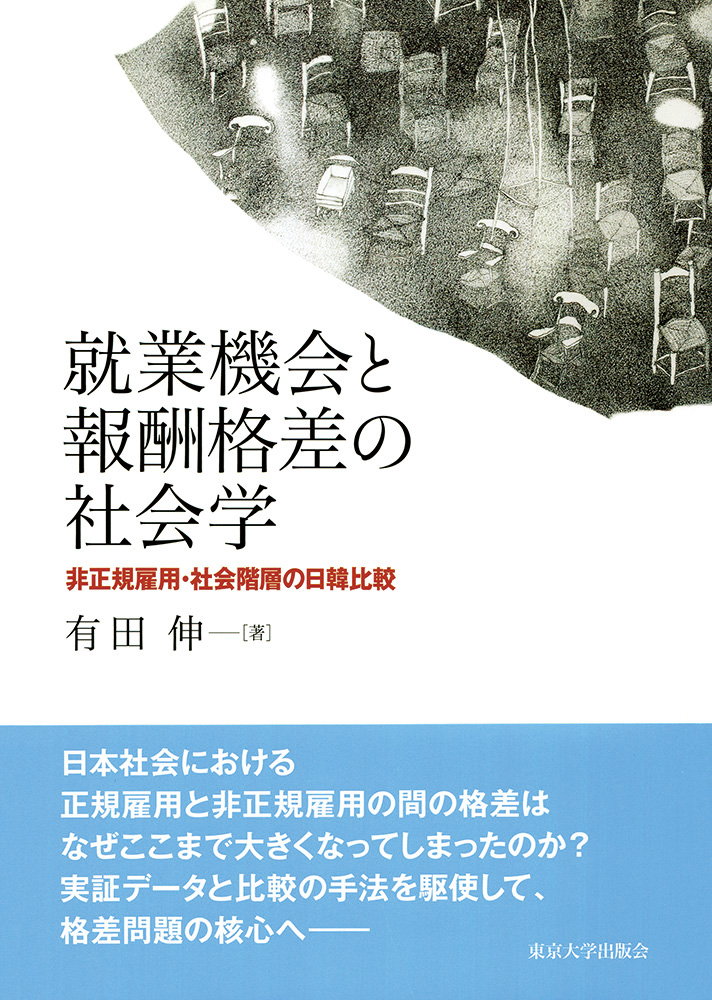
Title
Syugyokikai to Hoshukakusa no Shakaigaku (The Sociology of Reward Inequality among Employment Positions - A Comparison of Non-standard Employment and Social Stratification in Japan and Korea)
Size
280 pages, A5 format
Language
Japanese
Released
March 16, 2016
ISBN
978-4-13-050187-3
Published by
University of Tokyo Press
Book Info
See Book Availability at Library
Japanese Page
In recent years, socioeconomic inequalities have emerged as a serious problem in the Japanese society. Although increased interest in inequalities can be also witnessed in many other countries, a closer look makes it apparent that there are differences in types of inequalities that interest different countries.
In Japan, there is a uniquely strong interest in the inequality between standard and non-standard employment, and it is emerging as a serious issue. Certainly, there is a large difference in the compensation between standard and non-standard workers in Japan compared with that in other countries. Hence, this might seem to be indicative of why there is strong interest in this problem.
However, I have come to realize that the reason for this strong interest in Japan is not only the magnitude of this inequality but also its unique mechanism. Therefore, I wrote this book to examine the essence of the distinction between standard and non-standard employment in Japan and how the distinction is connected to compensation disparities. This book utilized sociological and comparative perspectives to examine these questions on the basis of the level of interest in a problem.
To look into these questions, this book first focuses on how non-standard employment is captured in the labor statistics. In many countries, including South Korea, which is used as a reference for the comparison, non-standard employment is distinguished from standard employment on the basis of objective working conditions, such as, if there is a fixed term stipulated in the contract of employment. Conversely, in Japan, the “appellation at the place of employment” is used as the standard for the distinction; employees with the appellation of “regular employees” are categorized into standard employment and those with other appellations, such as “part-time employees” or “contract employees,” fall into non-standard employment.
This extremely unique way of defining non-standard employment, which treats “appellation in the place of employment” as the standard, indicates that the essence of the distinction between standard and non-standard employment in Japan lies in the differences in employee categories that people have socially constructed. It also indicates that this system of employee categories, including the appellations and the actual differences in compensation that accompany it, have been strongly standardized in the Japanese society. On this basis, this book attempts to further explain how and why the distinction between standard and non-standard employment is accompanied by the large reward inequalities while considering the intersubjective assumptions about the employee categories. The above explanatory schema, which asserts that the “positions” occupied by employees are the primary cause that produces differences in compensation, is quite different from the orthodox schema that concludes that the individual employees themselves, with different skills and abilities, create the differences in compensation.
I believe that one role that humanities and social science researchers are responsible for fulfilling is providing new frameworks and perspectives to understand the world, constantly making efforts to ensure the diversity of the frameworks and perspectives. This book is a modest result of my attempt to undertake this role in my way.
(Written by ARITA Shin, Professor, Institute of Social Science / 2017)



 Find a book
Find a book


